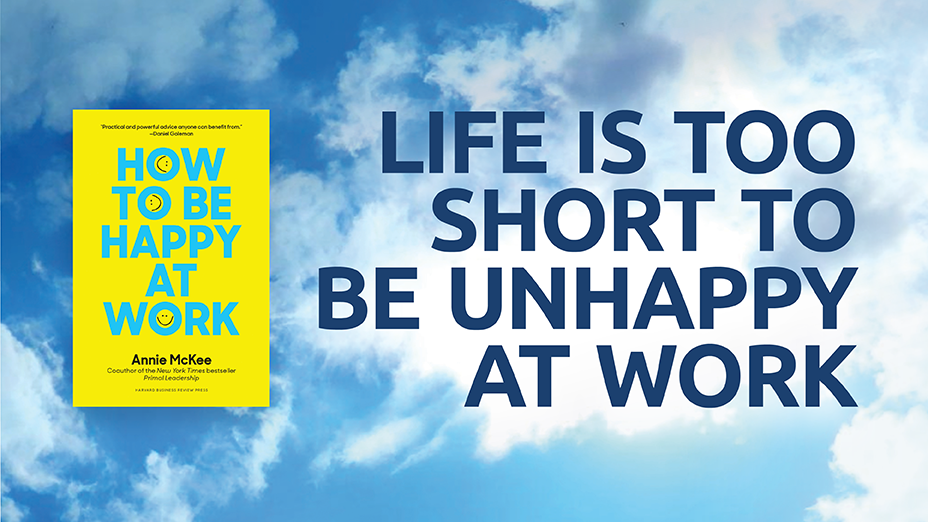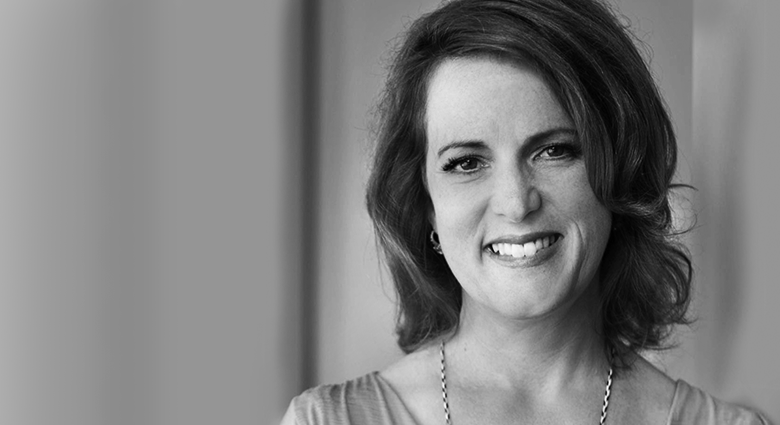Theoretically, I’m a surfer.
I am always on the lookout for—even pursuing—the next big wave. No ocean, no water, but still, I’m watching the waves everywhere.
In 2007 I was working at the Disruptive Innovation Fund I co-founded with Clayton Christensen, where we used the S-curve model to help guide our investment decisions. This model, popularized by E.M. Rogers, has traditionally been employed to predict the rate at which new ideas and innovative products—disruptors—will be embraced and how rapidly they will penetrate cultures and markets. I began to realize S curves are good models for human learning curves too. At the base of the S, progress is slow and there is a high degree of challenge learning something new; eventually a tipping point is reached. Hyper-growth follows—acceleration up the steep back of the curve as the high learning challenge yields to competence. At the top, progress slows again as competence morphs into mastery and learning slows, flattening the top of the S.
I visualize these S-curves as waves—exciting, new opportunities we can surf to new learning. And I advocate that we each need to catch a new wave on a more or less regular basis. Neuroscientists argue that cognitive effort, stimulated by learning something new, keeps our brains humming along with dopamine and other feel-good neurotransmitters. This elevates our mood in the short term and can help wards off cognitive decline over the longer haul. Regularly tackling a new learning challenge keeps us more productive and more actively engaged in our work for a longer period of time.
Personal disruption requires that we periodically leap from a high S curve position of hard-earned expertise and peak performance on one wave, to catch the low-end of the next, becoming a novice, struggling to gain footing on a new learning curve.
I have codified seven accelerants of personal disruption that can facilitate successful navigation of these tricky moves from wave to wave; here is a summary of these essential techniques:
1. Take the Right Risks
A wave can get pretty crowded with multiple surfers. Instead of trying to go head to head with a colleague or competitor, try to find a unique wave, one that isn’t occupied by someone else. If you create or step into a role (or innovate a new product, service, business, etc.) that meets a presently unmet need, you greatly increase your chances of success. Look to play where others aren’t; being the first surfer on the wave gives you the advantage over all who might challenge you later.
2. Play to Your Distinctive Strengths
What are you not just good at, but uniquely good? What have you always done well, even in childhood? What makes you odd? Consider a compliment that you frequently receive and are quick to dismiss. Or, watch for the things that irritate you in other people. Carl Jung famously said, “Everything that irritates us about others can lead us to an understanding of ourselves.” I have found this to be a good gauge of our superpower(s). Most of us are annoyed by the ineptness of others at the things we naturally do well.
3. Embrace Constraints
‘Constraint’ sounds like a limitation on freedom. But constraints are liberating; without them we are bogged down by an over-abundance of options. Fortunately, at the low end of an S curve wave, there are inevitably limitations—too little time, money, expertise, buy-in. In fact, unlimited options can be paralyzing, an impairment to good decision-making. Fewer options force us to prioritize, emphasize resourcefulness and innovate. Innovation is the coin of the realm.
4. Battle Entitlement
I have called entitlement the sneaky saboteur of personal disruption. Entitlement is a close cohort of complacency and leads is into unprofitable paths of ease, low-learning, low-growth and stagnation. The entitled hesitate to abandon their position of relative comfort to tackle the challenges found at the low end of a new learning curve. They are inclined to believe that good things need not be pursued, but should simply roll their way. They may be bitter or recriminatory when this doesn’t happen. Entitlement saps the strength needed to disrupt the status quo and try something new.
5. Step Back to Grow
Forget what you’ve always thought about the corporate ladder. Moving sideways, backwards, even down can position us at the high-learning end of a new wave. Visualize a slingshot—we pull back to generate forward propulsion. To be highly engaged we need to be learning new things and solving significant problems. To battle entitlement we relinquish our hold on the wave we’ve mastered and leap to a new wave with lots of energy still to expend.
6. Give Failure Its Due
There is a cosmic abundance of dreams to pursue and contributions to make. Failure is the great instructor. When one avenue comes to a dead-end, successful disruptors will take what they’ve learned and employ it to greater achievement on the next wave.
7. Be Discovery Driven
Waves are unpredictable. When we first decide to surf, we don’t know how the future will roll out. Flexibility is key to successful disruption. Most of the celebrated explorers and discoverers in our history books were not prepared for the challenges that arose on their journeys. Improvisation, adaptation and resourcefulness are essential to advancing knowledge. Personal disruption requires us to launch ourselves into the unknown and discover our wave as we ride it, innovating as circumstances present themselves.
Personal disruptions can be daunting and feel dangerous, but chances are good that if we don’t disrupt ourselves, choosing our own waves to surf, we will be disrupted anyway, at times and in ways we do not prefer. Wipeouts are an inevitable part of the deal, but often leave us ideally positioned to catch the perfect wave. I can see it now, rolling in.





.png)




What Did You Think?